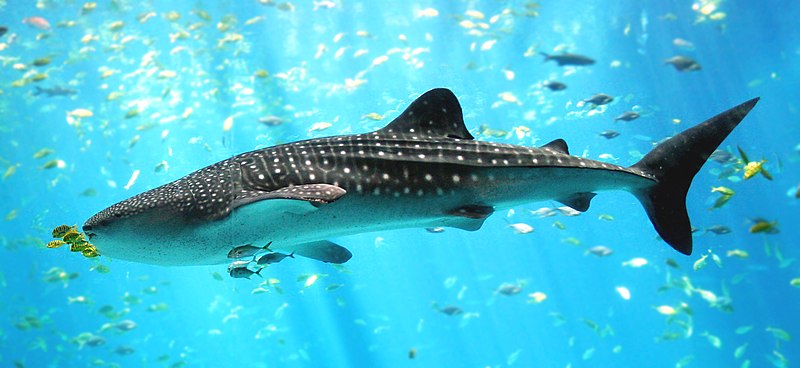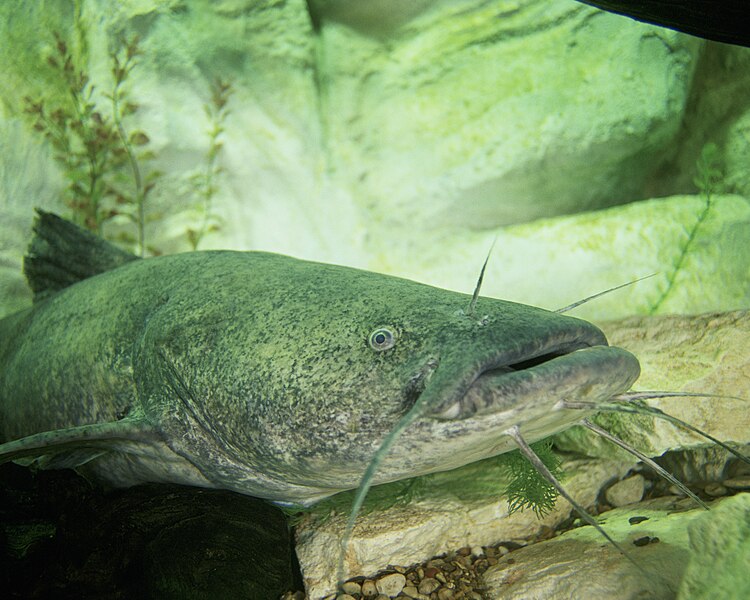Hello again everyone! Craig here again, and in my last blog I talked about some of the biggest of the freshwater fish to be kept in home aquariums. In this blog, I will go over some of the big saltwater fish found in the hobby. Without a doubt, there are very large fish that call the sea their home. Some of these mammoth fish are being kept by hobbyists. With all the challenges of keeping a marine tank in tip-top condition, adding a giant fish to the mix can present dedicated fish keepers some challenges.
 Large fish can be intimidating not only for their size, but their ferocious looks, too. Moray Eels are certainly some of the most intimidating. Their snake-like bodies and gaping mouths often cause people to get squeamish. One species, Gymnothorax favagineus, the Honeycomb Moray, is one of the most beautiful. Also known as the Tessellated Moray, this is one impressive fish. Able to reach a size of over 6 feet in length in the wild, this is definitely a giant. Boasting a beautiful white body with black splotches, there are few morays that are as attractive. In some individuals the dorsal takes on a yellow hue. Read More »
Large fish can be intimidating not only for their size, but their ferocious looks, too. Moray Eels are certainly some of the most intimidating. Their snake-like bodies and gaping mouths often cause people to get squeamish. One species, Gymnothorax favagineus, the Honeycomb Moray, is one of the most beautiful. Also known as the Tessellated Moray, this is one impressive fish. Able to reach a size of over 6 feet in length in the wild, this is definitely a giant. Boasting a beautiful white body with black splotches, there are few morays that are as attractive. In some individuals the dorsal takes on a yellow hue. Read More »
 That Fish Blog – Aquarium Advice and Information
That Fish Blog – Aquarium Advice and Information



 American Rivers
American Rivers